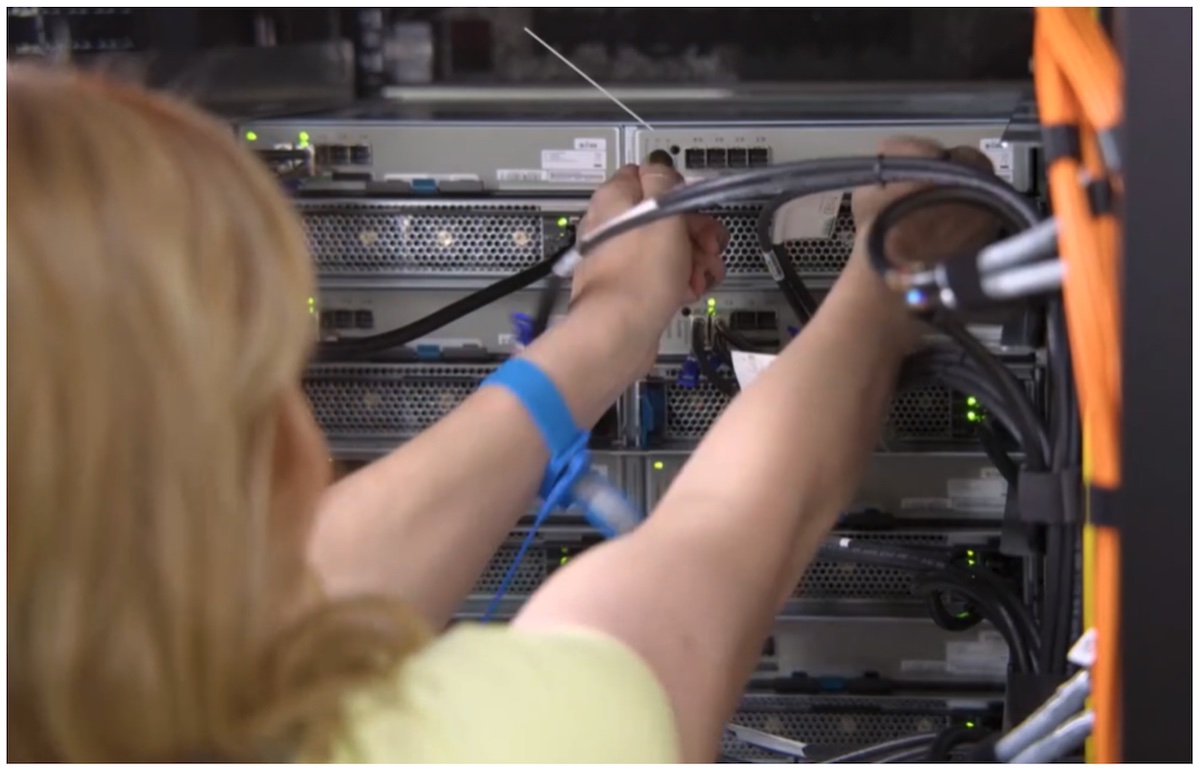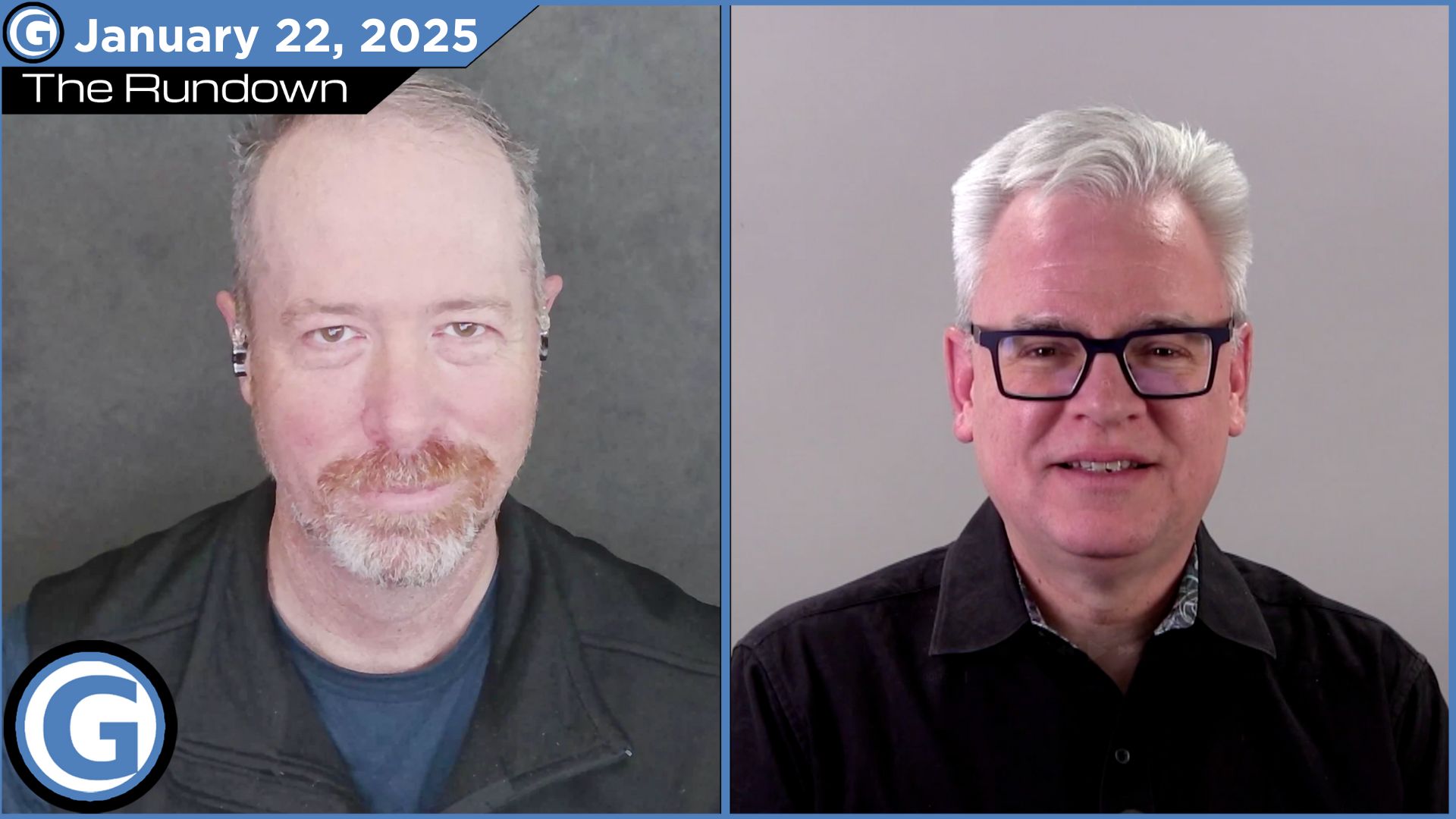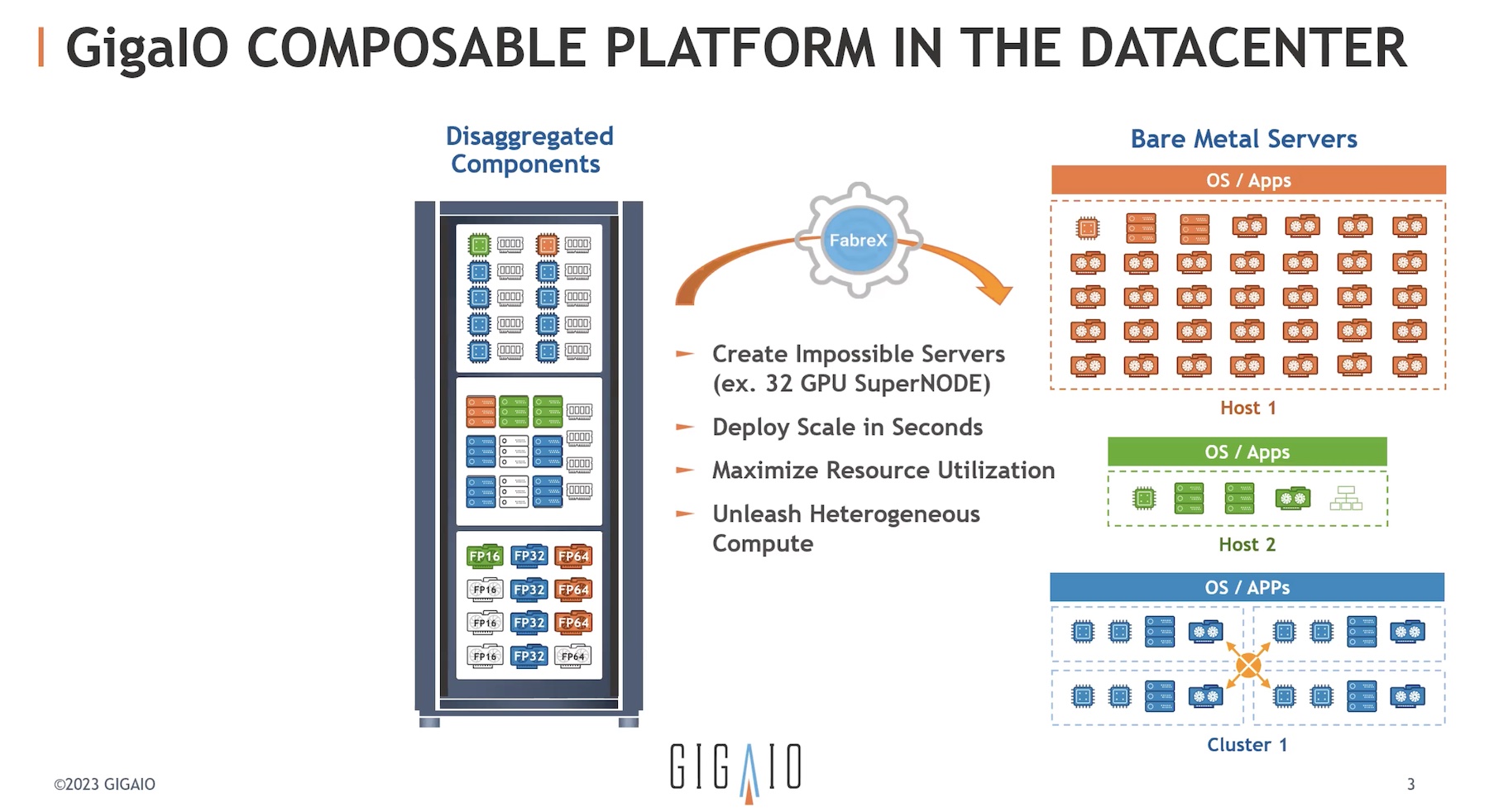In my previous posts on EMC Symmetrix 3, 5, 8 Series and EMCSymmetrix DMX, DMX-2 Series we discussed some important components comprised in these systems. In this post we will discuss components of EMC Symmetrix DMX-4.
EMC Symmetrix DMX-4 consist of 1 System Bay and (1 upto 8) Scalable Storage Bay’s. Each Storage Bay can hold up to 240 Disk Drives totaling 1920 drive in 8 Storage bays or 1024 TB System. Systems with special requirements can be configured to 2400 drives instead of standard 1920 drives.
The primary bay is the System Bay which includes all directors, service processor, adapters, etc, while the Storage Bay contains all the disk drives, etc.
System Bay (1 Bay)
Channel directors: Front End Directors (FC, ESCON, FICON, GigE,iSCSI), these are the I/O Directors.
Disk directors: Back End Directors (DA), these control the drives in the System.
Global memory directors: Mirrored Memory available with DMX-4, Memory Director sizes range from 8GB, 16GB, 32GB or 64GB totaling 512GB (256GB mirrored).
Disk adapters: Back End Adapters, they provide an interface to connect disk drives through the storage bays.
Channel adapters: Front End Adapters, they provide an interface for host connection (FC, ESCON, FICON, GigE, iSCSI).
Power supplies: 3 Phase Delta or WYE configuration, Zone A and Zone B based Power Supplies, maximum 8 of them in the system bay.
Power distribution units (PDU): One PDU per zone, 2 in total.
Power distribution panels (PDP): One PDP per zone, 2 in total, power on/off, main power.
Battery backup Unit (BBU): 2 Battery backup modules, 8 BBUunits, between 3 to 5 mins of backup power in case of a catastrophic power failure.
Cooling fan modules: 3 Fans at the top of the bay to keep it cool.
Communications and Environmental Control (XCM) modules:Fabric and Environmental monitoring, 2 XCM located at the rear of the system bay. This is the message fabric, that is the interface between directors, drives, cache, etc. Environmental monitoring is used to monitor all the VPD (Vital Product Data).
Service processor components: Keyboard, Video, Display and Mouse. Used for remote monitoring, call home, diagnostics and configuration purposes.
UPS: UPS for the Service Processor
Silencers: Made of foam inside, different Silencers for System and Storage bay’s.
Storage bay (1 Bay Minimum to 8 Bay’s Maximum)
Disk drives: Combination of 73GB, 146GB, 300GB, 400GB, 450GB, 500GB, 1TB and now EFD’s 73GB, 146GB and 200GB available. Speed: 10K, 15K, 7.2K SATA are all compatible, each RAID Group and each drive enclosure should only have similar speed drives, similar type drives. 15 drives per Enclosure, 240 per bay, 1920 total in the system. If the color of the LED lights on the drive is Blue its 2GB speed, if the color of the LED is green, the speed is 4GB.
Drive Enclosure Units: 16 per Storage Bay, 15 drives per enclosure
Battery Backup Unit (BBU): 8 BBU modules per Storage bay, each BBU support 4 Drive enclosures
Power Supply, System Cooling Module: 2 per drive enclosure
Link Control Cards: 2 per drive enclosure
Power Distribution Unit (PDU): 1 PDU per zone, 2 in total
Power Distribution Panels (PDP): 1 PDP per zone, 2 in total
In the next couple of post, we will discuss EMC Symmetrix DMX-4 and some of its design features.





I would like some clarification on this line
“each RAID Group and each drive enclosure should only have similar speed drives”
What if one of the hard drive in a RAID group is faster than the rest, will it operate at the lower rate.
Another harddrive question, if a drive is rated at 15k rpm, does that mean that it can operate only at 15k. Can it operate at a lower spin rate.
When we talk about the new SATA spin down drives, does that mean that they spin down completely or do they spin to a very low rpm.
I would like some clarification on this line
“each RAID Group and each drive enclosure should only have similar speed drives”
What if one of the hard drive in a RAID group is faster than the rest, will it operate at the lower rate.
Another harddrive question, if a drive is rated at 15k rpm, does that mean that it can operate only at 15k. Can it operate at a lower spin rate.
When we talk about the new SATA spin down drives, does that mean that they spin down completely or do they spin to a very low rpm.